Is Concrete Flooring Right For You?
Plain concrete slabs have served as the floor covering product for basements, garages, outdoor patios, and also utility locations for several years, but concrete is now also a viable material in residence insides, where it can be polished, engraved, or stained to function as the completed floor covering surface. If you are utilized to thinking of concrete as an utilitarian surface area suitable only for practical surfaces, the many merits of concrete as an attractive floor covering product might come as a surprise. Concrete can make several of one of the most elegant and vibrant floors you have ever seen, though they aren’t a great stylistic fit for every residence.
A concrete flooring is very solid as well as resilient, and also if it is effectively installed and kept, it can last for as long as you own your house. And the layout alternatives are incredibly varied. But concrete is additionally very tough and chilly underfoot, and also it is a practical selection only where there is an existing concrete slab, such as in residences with slab-on-grade foundations, or in the cellars of homes built over basement structures. Because these floors on “on-grade”– straight speaking to the soil– they can be at risk to wetness moving up from the ground right into the living space.
Concrete Floor Pros and Cons
Concrete Flooring Price
The installed price for a concrete floor can vary rather a great deal since there are so many coating options. Costs can vary from $2 per square foot for a fundamental to $30 or even more for high-end attractively made floors.
Fundamental style: $2 to $6 per square foot. A basic concrete floor layout consists of pouring the piece or overlay, then a fundamental polishing and also single colorizing treatment (staining or dyeing).
MId-range style: $7 to $14 per square foot. This price variety includes putting the piece or overlay, then polishing as well as discoloring with multiple shades.
Premium design: $15 to $30 per square foot. One of the most advanced (and expensive) concrete floors can include producing geometric patterns in the piece or overlay, as well as multiple shades and a selection of texturizing or marking strategies. These are fairly imaginative floorings.
A sealed and also appropriately maintained concrete floor can last forever. Also in commercial applications, concrete can survive under high-traffic conditions for several years. Over the long term, this can save you a considerable amount of cash as well as effort over replacing flooring every couple of years.
Repair and maintenance
Concrete floor covering starts with a structural concrete pad that is by nature exceptionally strong as well as durable, which is why it is so preferred for hard-working commercial areas, such as garages and also stockrooms. Concrete has comparable virtues when used as a household flooring product. It is challenging to damages, and also high heels, furnishings legs, and also animal claws will not scratch the surface. You additionally do not have to bother with damages from the majority of went down products. While it is feasible to chip or scratch a concrete surface area, you need to function quite hard to do so.
Maintaining a concrete floor looking its ideal is rather simple. It needs to be secured or waxed every three to 9 months, depending on the degree of web traffic, in order to preserve the protective layer. Besides that, you can utilize a neutral cleaning agent to mop the flooring clean periodically. A blue energy pad can be made use of for particularly persistent discolorations.
Concrete floors can be prone to settling and cracking gradually, as well as this is an extra constant trouble when an existing structural piece has actually adapted to a finished household flooring surface– such as when a basement or loft space apartment has actually been converted to living room. If the flooring becomes badly cracked, it is possible to patch, work, as well as refinish the flooring to recover its shine.
Layout
Visually, concrete floors are a good match for houses with a modern-day or commercial design and also are less appropriate for timeless vintage house designs. A refined and also acid-stained concrete floor will likely watch out of place in a classic colonial-style residence, for example, but fit quite nicely right into a contemporary-style home.
The moment when a concrete floor implied simply a poured as well as polished piece is long because gone. While the basic polished piece is occasionally exactly what is needed, property owners likewise have the option of a selection of texturizing and colorizing strategies:
Overlay: This refers to a thin layer of new concrete laid over an existing piece to renew it. The overlay is after that brightened and also colorized similarly as a new slab.
Polish: A basic put piece or overlay can be sharpened with gradually finer rough pads to create a glass-smooth finish. When a sealer is after that used, the outcome is a really attractive, shiny floor.
Acid-stained: When treated with mild acids, concrete will engage to create a vivid multicolor surface area that has a marble-like look. Each floor is totally unique.
Dyed: Another approach of colorizing concrete, dyeing is the application of a solid colorizing agent over the ended up surface. Unlike acid-staining, coloring creates a strong color result.
Texturized or marked: While still damp, the concrete surface can be combed, marked, or installed with glass grains or fine aggregate to give it a three-dimensional appearance.
Geometric departments: High-end concrete floorings are occasionally set out with geometric patterns, with each section colored or texturized differently for artistic impact.
Stenciled or airbrushed: Concrete floors can act as big canvases for a variety of artistic painting strategies.
Concrete Floor Installment
In the majority of situations, a residential concrete flooring is developed by grinding an existing architectural concrete piece and also using a selected polishing, colorizing, or texturizing strategy. This can include first removing any kind of existing floor covering, such as carpets or plastic, to expose the existing concrete piece. Where the piece remains in inadequate condition, a thin overlay of fresh concrete can be poured over the old slab; this overlay after that becomes the base surface for polishing, colorizing, or texturing. Where a fresh slab or overlay is being put, colorizing representatives can be mixed right into the concrete prior to it is poured. Or else, the staining or coloring generally takes place after the concrete has actually been polished by grinding with abrasive pads with considerably better grits.
The last step is to use a concrete sealer to secure the surface. This treatment will certainly require to be duplicated at regular intervals; some professionals encourage an annual reapplication.
While it is somewhat uncommon, it’s additionally feasible to install concrete floor covering over a wood-framed subfloor. Right here, the process includes putting a thin layer of overlay concrete over a thoroughly prepared subfloor, then using the chosen colorizing and also polishing strategies. Nonetheless, even a really slim concrete overlay is quite hefty, as well as the procedure typically requires architectural support of the timber framework.
Whether it involves putting a fresh new piece, adjusting an existing slab, or putting an overlay, concrete floorings are normally mounted and also completed by specialists, considering that the job is fairly difficult as well as requires special devices. Daring DIYers can rent mills to develop a concrete slab themselves, though this is not advised.
As long as the concrete is smooth and also free from holes, bumps, as well as problems, you have the choice of covering it over with any kind of flooring surface covering you pick at a later day. Concrete floorings permit you a lot of future layout liberty.
Disadvantages
The stamina as well as resilience of this material can likewise be an obligation. The surface of a concrete floor is very tough– falling onto concrete will certainly harm and might seriously injure people. Items dropped on these surface areas are likewise most likely to shatter or fracture. That is why concrete floors are not suggested for locations that will be made use of by youngsters or senior individuals, or in kitchens where dropping dishes are most likely. The solidity of concrete additionally makes it uncomfortable to stand on for extended periods.
When concrete is highly polished or buffed, or when covered with a gloss sealant, the surface area can be extremely slippery, especially when wet. Concrete in shower rooms, cooking areas, or entrances is specifically prone to this. An additional downside of concrete is that it has little protecting value, and it will feel fairly cold on winter season mornings– unless it has been mounted in conjunction with a radiant floor heating unit. The intrinsic temperature of concrete can be countered somewhat through the use of carpets and throw rugs.
If not effectively sealed on both leading as well as lower surface areas, concrete is quickly permeated by wetness when mounted over bare soil. The awesome temperature of concrete can likewise trigger moisture to condense in damp problems. If fluid does take care of to make its way right into the pores of a concrete floor, it can result in the growth of mold and mildew or mold in your home. In some atmospheres, you will certainly likewise need to worry about the moisture cold, expanding, and cracking the flooring.
Ecologically aware customers can feel excellent about completing an existing concrete piece, because this needs no manufacture of fresh concrete. However those same homeowners have reason to be worried regarding putting a new slab or overlay, since the manufacture of concrete requires a substantial expenditure of power and also generous quantities of co2.
Is a Concrete Floor Right for You?
A concrete flooring can be a great choice if you have an existing slab structure and also a home style that is a good stylistic suitable for the sleek gleam of developed concrete. Many people appreciate the low cost of concrete floor, especially when considering the long life this flooring will enjoy– you may never ever need another floor covering. But be gotten ready for a floor that is extremely difficult and also naturally cool.

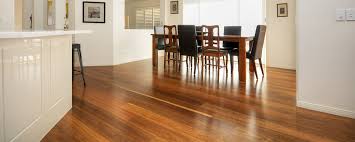
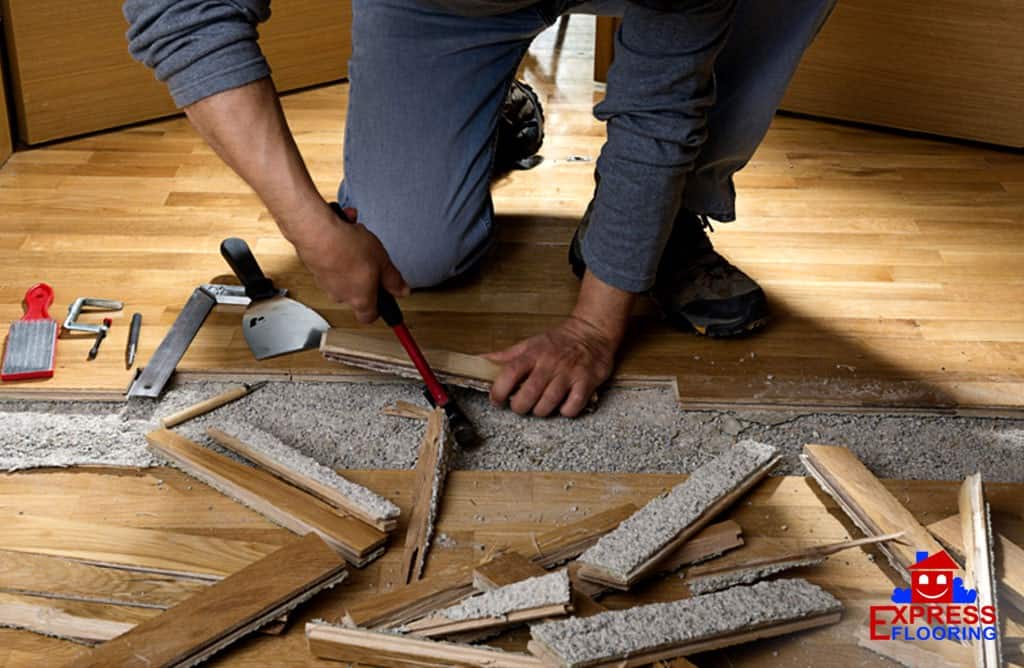
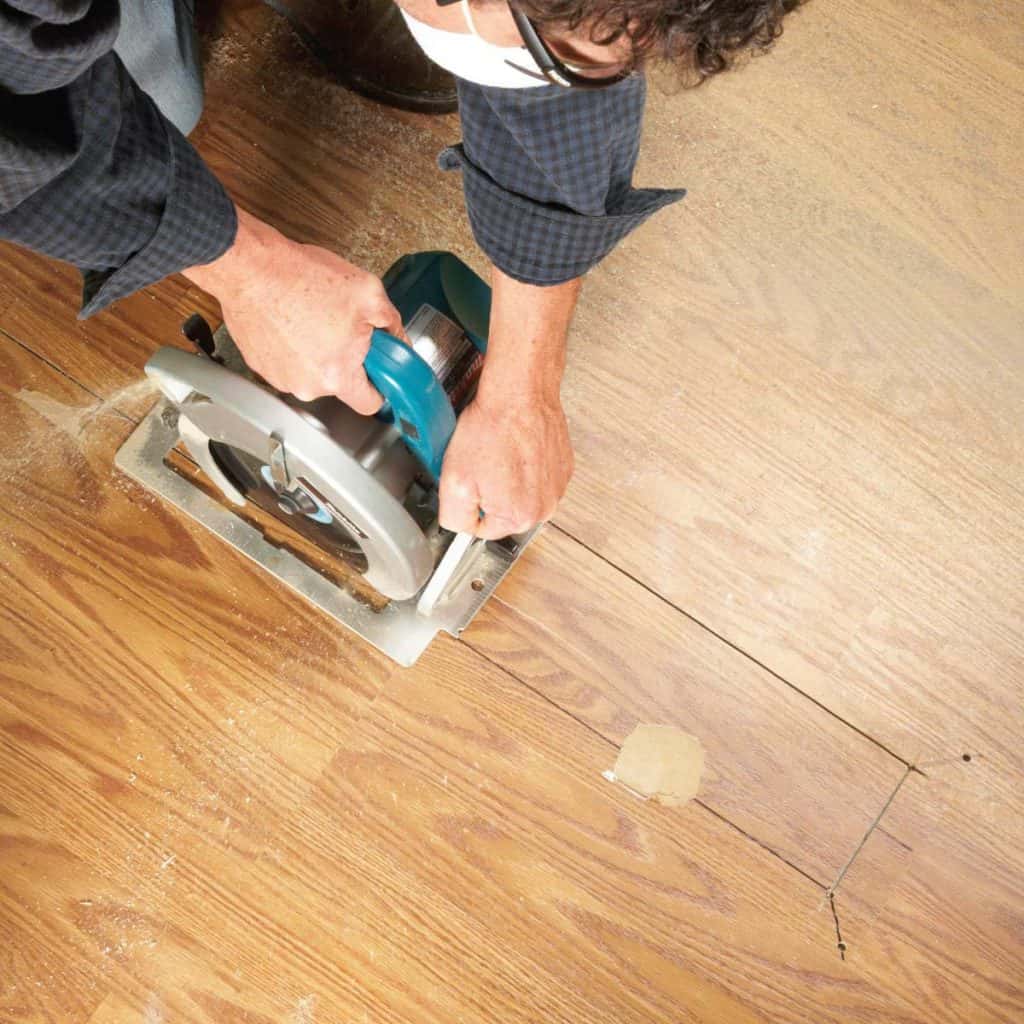
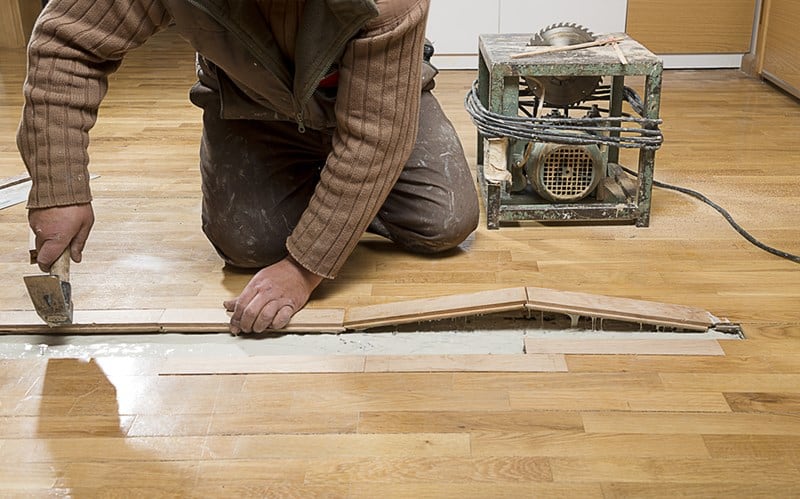
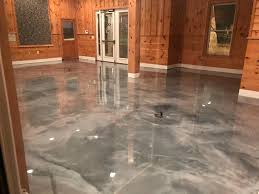
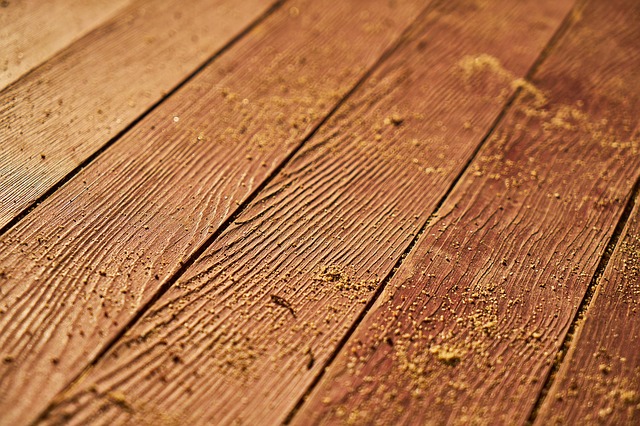
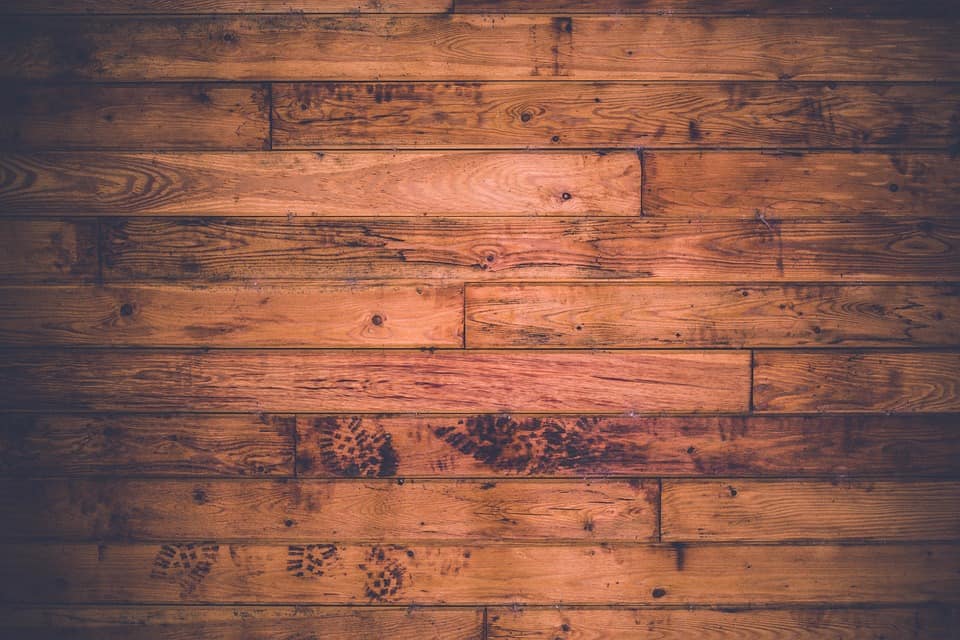
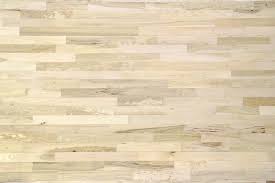
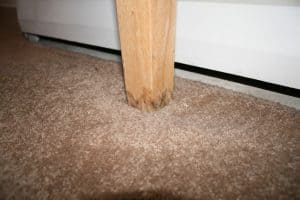 Water damage can happen to your home for a number of reasons. A cracked foundation can mean a flooded basement, and holes in the roof can mean water damage from the top to the bottom. A washing machine that has bounced around too much over time might bump its exhaust hose out of the slot, and dishwashers, sinks, toilets, and showers can spill over sending water everywhere. Nature is no friend either, given that rainstorms and flooding creeks can saturate the ground around a home and even get into a home.
Water damage can happen to your home for a number of reasons. A cracked foundation can mean a flooded basement, and holes in the roof can mean water damage from the top to the bottom. A washing machine that has bounced around too much over time might bump its exhaust hose out of the slot, and dishwashers, sinks, toilets, and showers can spill over sending water everywhere. Nature is no friend either, given that rainstorms and flooding creeks can saturate the ground around a home and even get into a home.